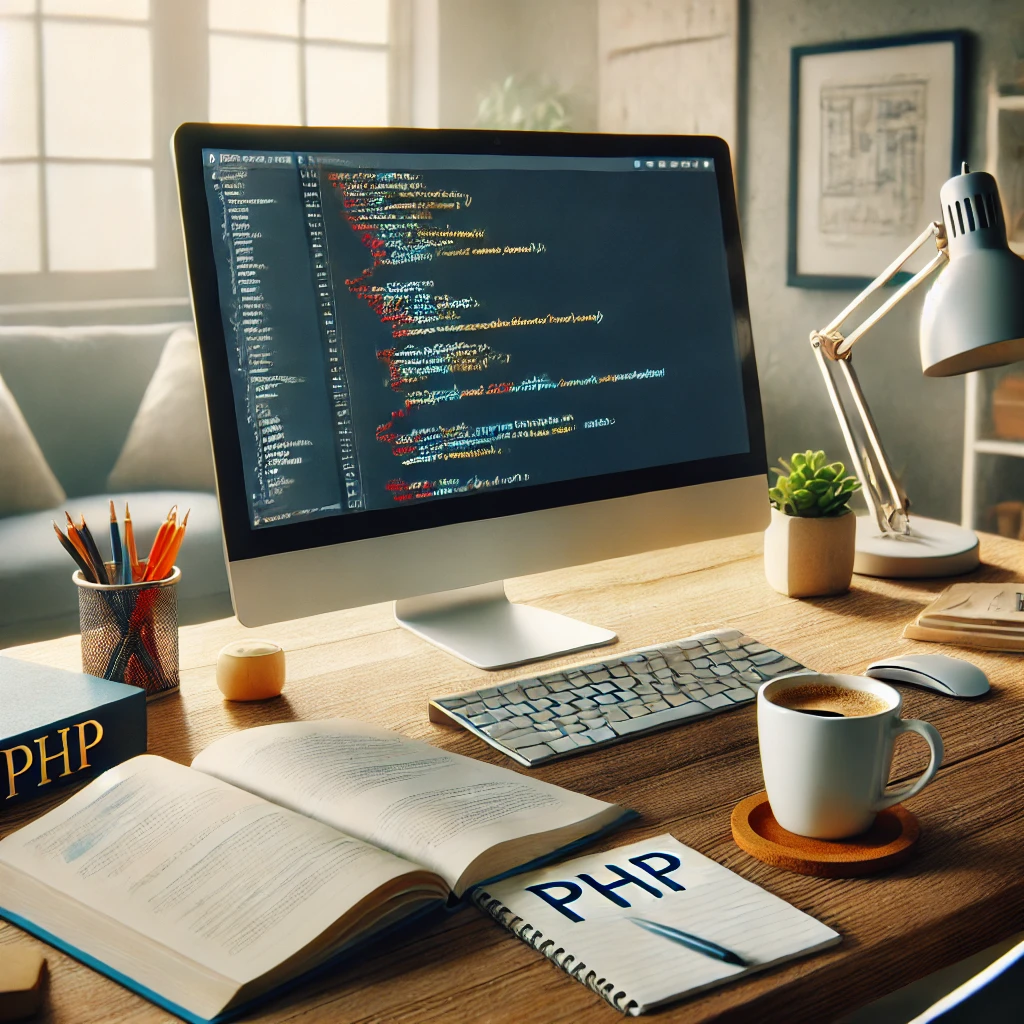Welcome to the Updated PHP Course
Hello and welcome to the latest version of my PHP course. In this introduction, I aim to outline what PHP is, what you can expect to learn from this course, and how this iteration improves upon previous offerings.
Who is this Course For?
This course is crafted with beginners in mind. If you’ve never programmed before, let alone touched PHP, this is the right starting point for you. Programming can seem intimidating, but I’ve designed the lessons to be digestible and not overwhelming.
Understanding PHP
PHP, which stands for PHP: Hypertext Preprocessor, is a popular scripting language primarily used for web development. It is server-side, meaning it runs on a website’s server rather than in the user’s browser like HTML, CSS, or JavaScript. This makes PHP great for dynamic content, but it also remains hidden from the client side, enhancing security and functionality.
Is PHP Obsolete?
Despite rumors, PHP is far from dead. It currently powers over 78% of websites, dominating back-end web development. While it’s true that languages like Python are versatile and used in various applications, PHP remains the go-to for web development, with substantial community and professional support.
Big Names Using PHP
Prominent platforms like Facebook, Wikipedia, and WordPress utilize PHP. WordPress, the most widely used CMS, relies heavily on PHP, particularly for plugin development and general site functionality.
Course Approach: Theory vs. Practice
The beginning of this course focuses on theoretical foundations, gradually moving towards practical applications. You’ll start with basic PHP syntax and usage, eventually learning about databases and security—crucial elements for any web developer.
Course Format
The lessons will be split into manageable segments:
- Basics of PHP – Understanding syntax and basic commands.
- Database Interaction – How to manipulate and retrieve data.
- Security Practices – Protecting data and ensuring safe web applications.
Frequently Asked Questions
- Documentation: Each lesson will include detailed documentation available in the video descriptions for further exploration.
- Programming Style: Initially, the course will cover procedural programming, moving to object-oriented PHP in advanced modules.
- Frameworks: While popular frameworks like Laravel offer robust features, this beginner course focuses on fundamental PHP to ensure a solid foundational knowledge before tackling more complex environments.
Next Steps
In the next lesson, we’ll discuss setting up PHP and installing a local server—a straightforward process crucial for developing and testing PHP applications.
Thank you for tuning in, and I look forward to guiding you through the exciting world of PHP development. See you in the next lesson!
